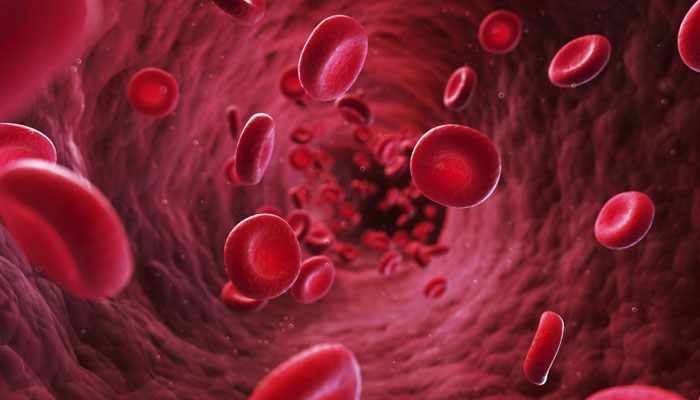Blog
Myeloma Patients Have New Hope Thanks to New Treatments - Wall Street Journal
 Myeloma, also known as multiple myeloma, is a cancer arising from plasma cells, a type of white blood cell which is made in the bone marrow. Bone marrow is the ‘spongy’ material found in the centre of the larger bones in the body. The bone marrow is where all blood cells are made.
Myeloma, also known as multiple myeloma, is a cancer arising from plasma cells, a type of white blood cell which is made in the bone marrow. Bone marrow is the ‘spongy’ material found in the centre of the larger bones in the body. The bone marrow is where all blood cells are made.
Plasma cells form part of your immune system. Normal plasma cells produce antibodies, also called immunoglobulins, to help fight infection.
In myeloma, these plasma cells become abnormal, multiply uncontrollably and release only one type of antibody – known as paraprotein – which has no useful function. It is often through the measurement of this paraprotein that myeloma is diagnosed and monitored.
Unlike many cancers, myeloma does not exist as a lump or tumour. Most of the medical problems related to myeloma are caused by the build-up of the abnormal plasma cells in the bone marrow and the presence of the paraprotein in the blood or in the urine.
Myeloma affects multiple places in the body (hence ‘multiple’ myeloma) where bone marrow is normally active in an adult i.e. within the bones of the spine, skull, pelvis, the rib cage, long bones of the arms and legs and the areas around the shoulders and hips. Medical scientists have made major advances in treating different types of cancer in the past decade, but perhaps none more so than the blood cancer known as myeloma. WSJ's Ron Winslow explains on Lunch Break with Tanya Rivero. You can watch the full video here: Myeloma Patients. (pop-up window/ download link)
Autor: Paul Matei, Project Manager





